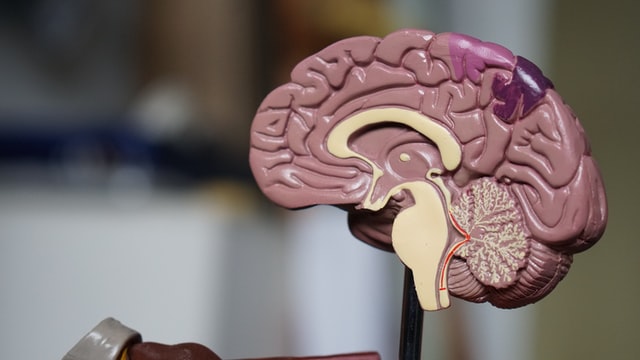A 2019 Harvard study performed by Matthew Killingsworth and Daniel Gilbert titled “A Wandering Mind Is an Unhappy Mind” states that the average adult’s mind wanders an alarming 50% of the time. For the most part (outside of lovemaking) this is not exclusive to any specific activity; meaning if we’re driving, on the train to work, at work, on our phone, and so on, our mind and brain flow are typically wandering. More than ever in human history, our focus is under attack from a barrage of text messages, social media updates, pop-up ads, and emails constantly tugging at us.
To improve our focus, productivity, and overall effectiveness in life, we must first better understand how our brain flow thinks in order to better train ourselves in these areas.

Bottom-up Thinking: This is our computational kind of thinking. Bottom-up thinking works in milliseconds and is involuntary. It’s the reason we act on impulse at times, the reason the answer to the question we can’t think of comes to us seemingly out of nowhere when we’re not focusing on it, but also the reason many of our best ideas come to us when we’re not even trying. The bottom-up part of the brain works on autopilot because our conscious thought process cannot keep up with it.
Top-down Thinking: This is our slower, more rational, and logical thought process. It is voluntary in action and can oftentimes override the impulses sent our way from bottom-up thinking. The top-down thought process is ideally what we use much of the day, however, the more we lose focus, the more we tend to go on autopilot and the bottom down thought processes can take over.
Understanding how the two kinds of thinking in our brains work is important; however, what is even more important is to understand when each kind of thinking should be utilized to make us as effective and productive as possible. Daniel Goleman, author of Focus: The Hidden Driver of Excellence describes the balance we must seek in top-down and bottom-up thinking as, “You want to be selective in how you use mindfulness. The brain does not want to be mindful in ordinary life all the time…”
Here are 3 simple ways we can improve our brain ‘flow’ and find the balance we desire in our top-down and bottom-up thinking:
1. Think Like a Kid.
This improves our creative, bottom-up thinking. Children have less sensory overload than do adults and haven’t been trained by experiences, meaning their brains are far less likely to be overwhelmed by worry and stimulation. Since children don’t have the same mental models that dispose many adults to lack or lose creativity, their minds act in a more uninhibited way, which allows for more imaginative and creative ideas to escape the incredible amount of stimuli that can oftentimes overwhelm the brain and stifle creativity.
2. Meditate.
This doesn’t have to be a massive commitment. Committing to even 5 minutes a day of meditation can do wonders for increasing mindfulness and avoiding the opposite…wandering. In meditation, you learn to focus; focus on your breathing, on your thoughts, and focus on the times when you lose focus. Meditation forces you to actively bring your mind back when it wanders, and as with anything, with practice, comes improvement. Small amounts of meditation can have dramatic effects on your mindfulness throughout the day over time as your mind becomes more and more trained to be in the moment.
3. Unplug and go for a Walk.
I once read that you should never trust someone who won’t take a walk with you. As a society, I think we dramatically underestimate the power of taking a walk. We all live very busy lives so it is very difficult to unplug and separate ourselves from it unless we actively force it, and that’s what a walk can do for you. Leave your phone at home, your worries, and your conscience, and use the time to reconnect your sense to the real world. Make a concerted effort to notice the people, the scenery, your entire environment around you, and most importantly, take it all in. Succumb to your surroundings and let them consume you.
Unfortunately, we live in a world that is constantly grabbing at us from every angle possible, and we need to take it upon ourselves to make the effort to not let it. Whether that’s letting your mind and brain flow detach and become a bit more uninhibited, putting your phone away, or taking 5 minutes a day to focus on something as simple as our breathing and internal thoughts, it’s important that we take the time to do so as it benefits everything and everyone in our lives. Click here to read Why I Became …











Leave a Reply